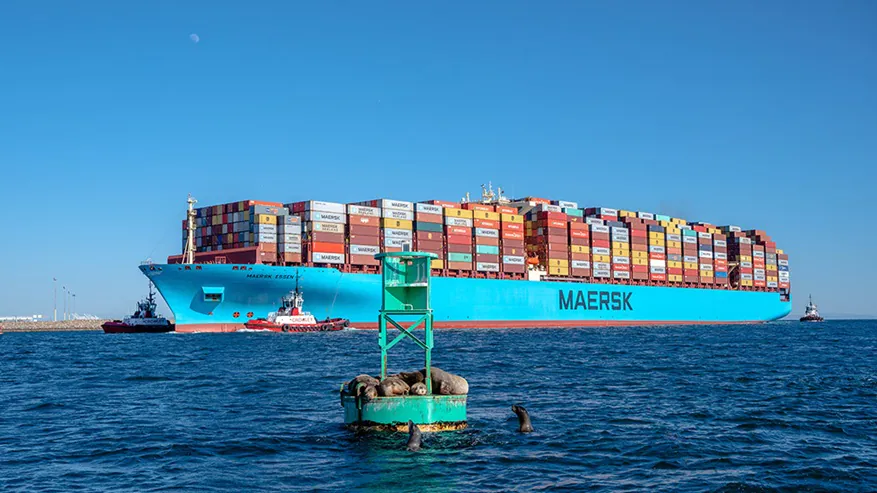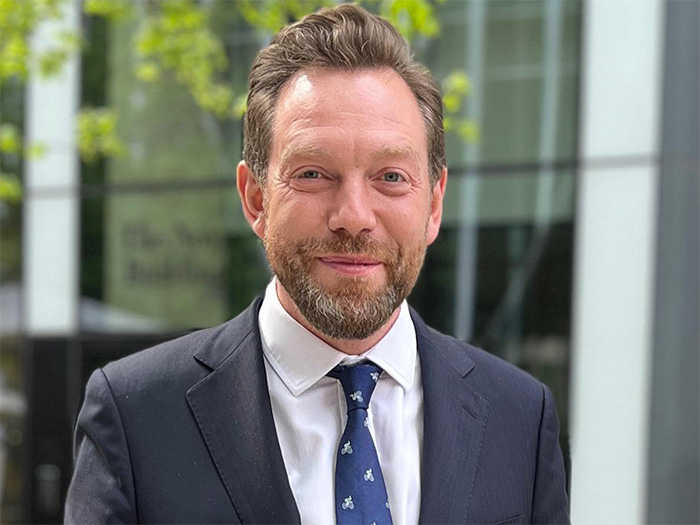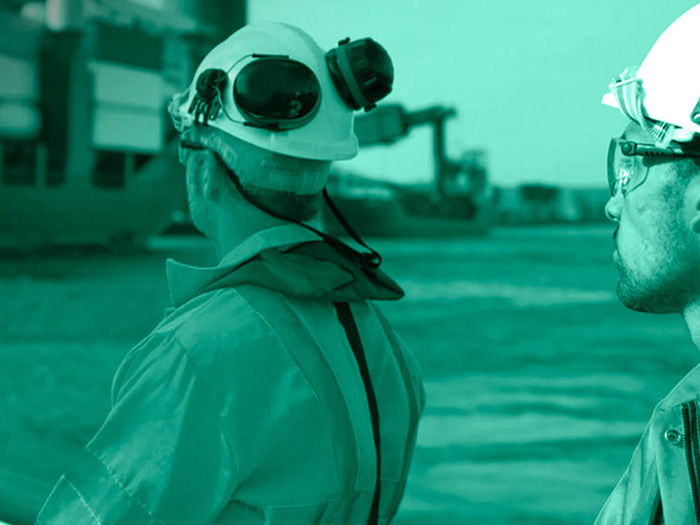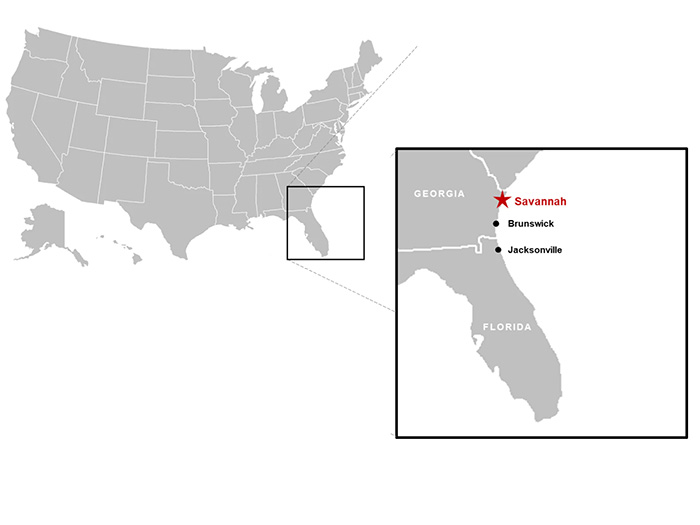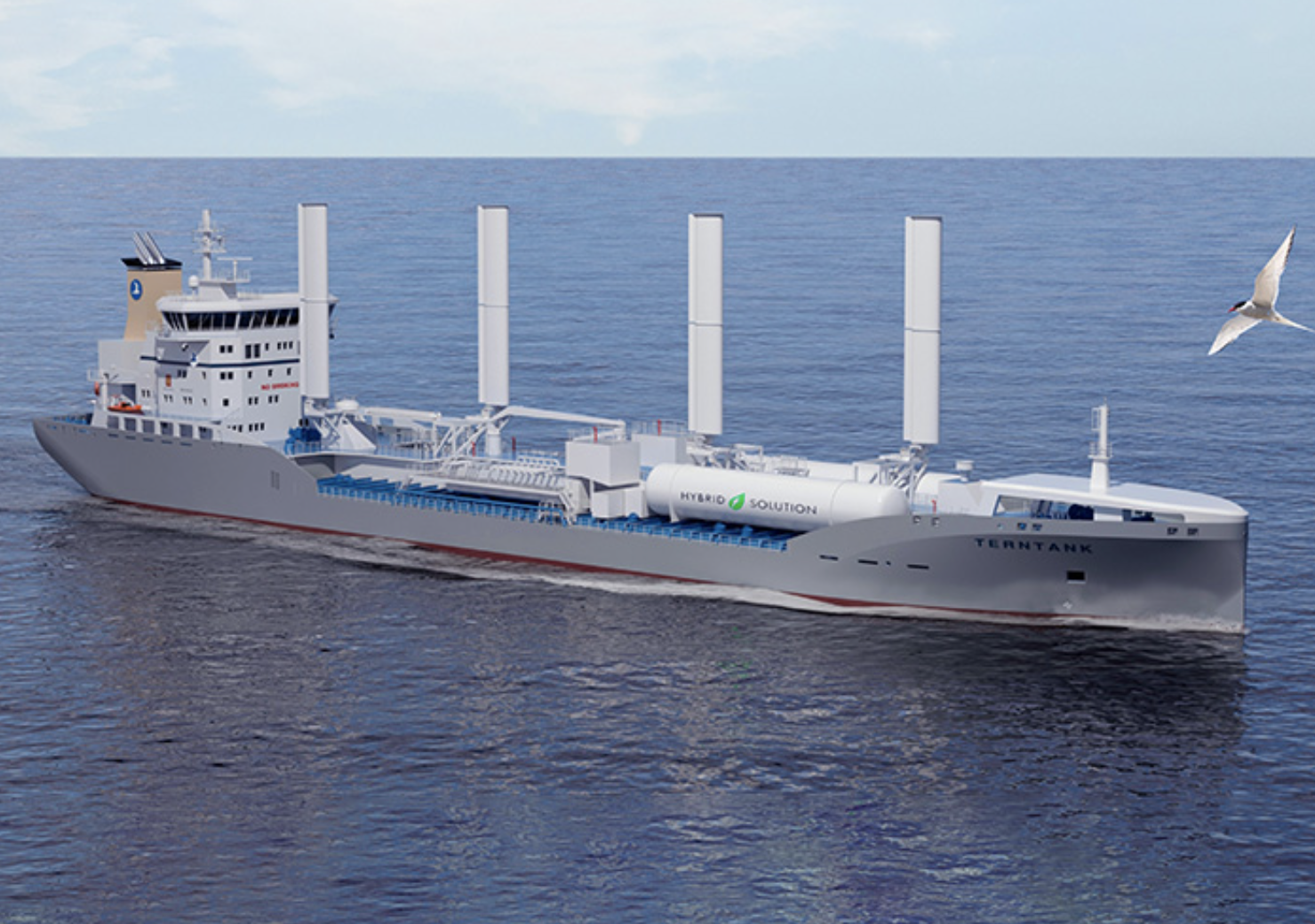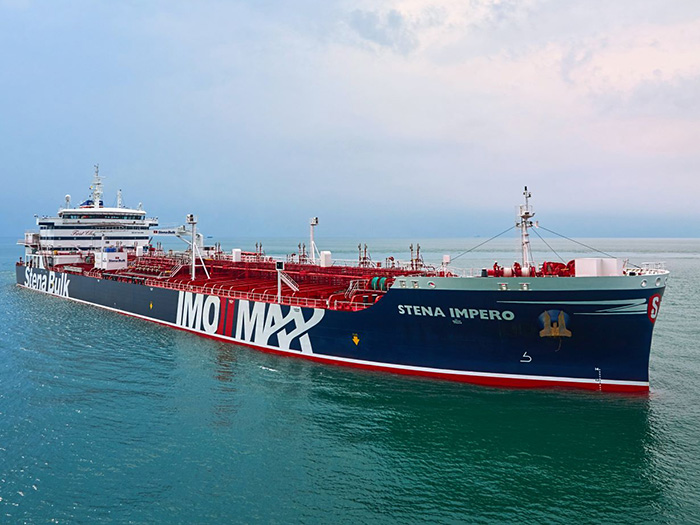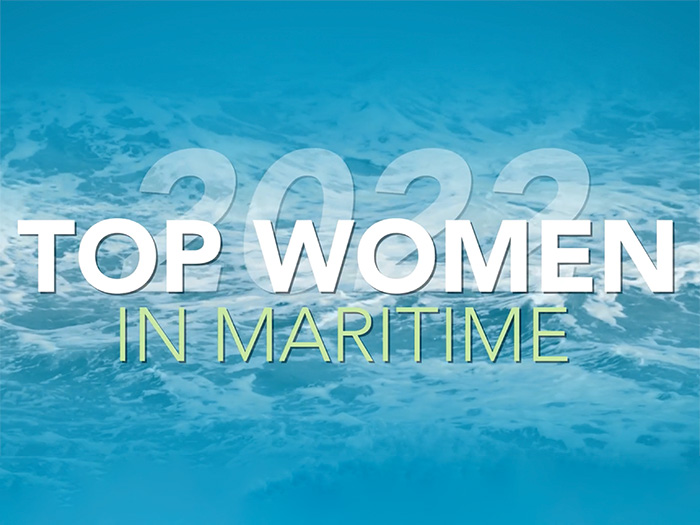The U.S. consumer drives the U.S. economy
The disruptions in manufacturing and ports in the Far East in early 2020 due to COVID-19 disrupted the normal flow of trade. Now that life is returning to normal in much of the U.S. with a return to work in offices and schools back in session there’s renewed demand in American households which contributes to the rise in U.S. imports. 70% of U.S. GDP is linked to consumer buying.
The current situation is a growth story in the U.S. – and the supply chain disruption you are seeing is a byproduct of this growth. The challenge is every part of the U.S. supply chain needs to build more resilience and capacity to keep pace with consumer demand.
President Biden’s Supply Chain Disruptions Task Force
Maersk appreciates and applauds President Biden’s comments that highlight a full return to normalcy can only be obtained with the full support of all supply chain participants and there is no easy-fix or individual supply chain component that is to blame. “It will still take some time, but we are doing what we can to efficiently handle the current environment and look forward to a resumption of normal cargo flows and deliveries,” commented Mr. Phol.

24/7 operations in the Ports of Los Angeles and Long Beach
“Operational details still need to be worked out on 24/7 operations at the ports of Los Angeles and Long Beach. This level of operations is not an overnight, simple solution to implement – and does not solve the broader supply chain capacity challenges and shortage of workers in trucking, warehouse, and supply chain jobs,” stated Mr. Phol.
At present, APM Terminals Pier 400 Los Angeles offers 20 hours of truck gate operations every weekday which is 2000 appointments a day, and open on Saturdays too. This past Friday, October 15th there was a 49% no show factor for import containers on those 2000 truck appointments and on Saturday it was a 50% no show rate. The company is working with the trucking community to address and resolve this situation.
Solutions
Other steps that Maersk has taken to alleviate capacity issues and distribution shortfalls are:
- Integrating assets in the supply chain: In line with our global integrator strategy – the company has a 700 ship fleet, 75 ports (4 in the U.S., including Los Angeles), 46 North America warehouses, 500 truck U.S. fleet, the maersk.com digital platform. “When you own and operate the supply chain assets and technology you have much better control and accountability of the supply chain and better agility with solutions,” remarked Mr. Phol.
- Adding 40% more vessel capacity into the Asia/U.S. trade: Maersk tapped into its existing fleet and redeployed a number of our vessels from other trade lanes to serve the Transpacific trade lane demand.
- Expanding U.S. East coast port calls: Creates more supply chain routing options as an alternative to Pacific Southwest ports.
- Expanding landside logistics: New warehousing and distribution locations in high-demand areas to support cargo flow.
- Acquiring an e-commerce logistics company to help customers grow in the direct-to-consumer space: E-commerce is the one channel that has accelerated every customers’ growth since the pandemic started. Maersk now offers delivery within 48 hours to 95% of the US market and 75% of the market within 24 hours. This helps small to medium-sized customers compete more effectively.
- Targeting U.S. export cargoes: Maersk ranks as the largest carrier of U.S. exports as reported by the JOC. In the period January – July 2021, the company has increased exports by 8%. In the Transpacific trade, the company has grown agricultural exports by 9%.
- Investing in sustainable supply chains to decarbonize logistics: Maersk’s goal is to be carbon neutral by 2050. The decade for aggressive action is now. New ships, new fuels, new trucks have been announced. More than half of Maersk’s 200 largest customers have set – or are in the process of setting ambitious science-based or zero-carbon targets for their supply chains – and we expect many more to follow.
As global trade continues to grow and the U.S. economy continues to expand, Maersk is continuing to take steps to provide the services necessary for a smooth global supply chain. “Maersk as the world‘s largest shipping company has transformed itself to become not just an ocean carrier and port operator but a full service, end-to-end logistics services provider, added Mr. Phol. “This is not only what our customers want – they expect it and we will see to it that these expectations are met.”


